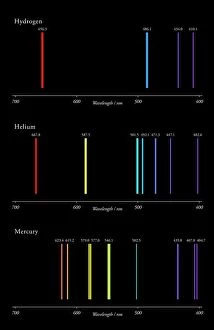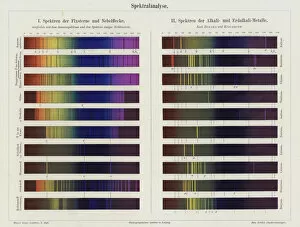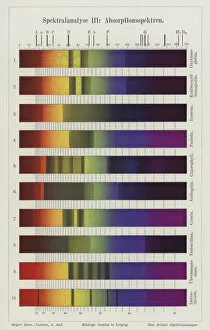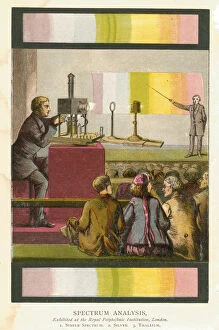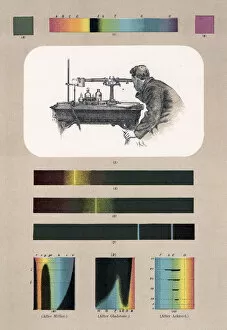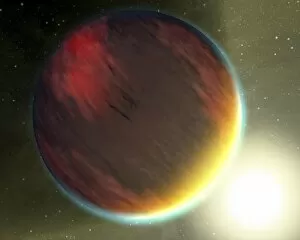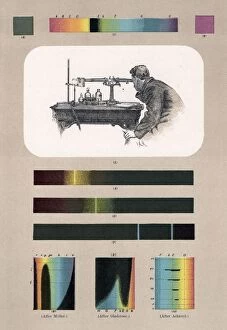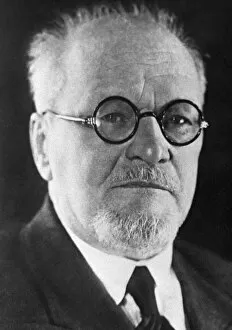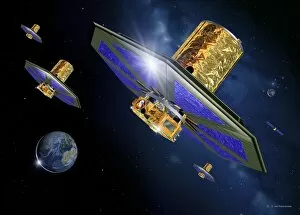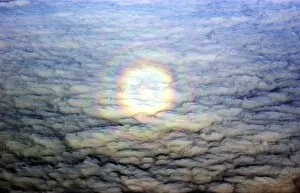Spectra Collection
"Spectra: Unveiling the Colors of the Universe" From the mesmerizing emission spectra of elements like hydrogen, helium
All Professionally Made to Order for Quick Shipping
"Spectra: Unveiling the Colors of the Universe" From the mesmerizing emission spectra of elements like hydrogen, helium, and mercury to the captivating display of light sources in various hues, spectra offer a gateway into understanding the fascinating world of science. The vivid lithographs showcasing visible emission spectra from astronomical objects remind us of the vastness and diversity that exists beyond our planet. Spectral analysis, depicted in vibrant colors on lithographs, has been an invaluable tool for scientists throughout history. By studying absorption spectra meticulously captured through spectroscopy techniques, researchers have unlocked secrets hidden within different substances. This analytical approach has paved the way for groundbreaking discoveries and advancements across numerous fields. One cannot help but marvel at Dmitry Rozhdestvensky's image as he observes with intensity - a true spectroscopist dedicated to unraveling mysteries concealed within light. As we explore his work further, we encounter absorption spectra revealing indigo's unique characteristics. Beyond scientific realms lies another dimension where consciousness takes center stage. A conceptual image depicting this ethereal concept reminds us that even intangible aspects can be explored through spectral analysis. Prisms play a vital role in dissecting light into its constituent colors - creating a breathtaking spectrum that showcases nature's palette. These prismatic wonders allow us to witness firsthand how white light transforms into a rainbow-like symphony before our eyes. Intriguingly close to its scorching star resides a cloudy Jupiter-like planet whose enigmatic atmosphere beckons further investigation using spectroscopic methods. What secrets lie beneath those swirling clouds? Spectroscopy holds promise in uncovering answers about distant worlds and expanding our knowledge of celestial bodies far beyond Earth's boundaries. As we delve deeper into these captivating images portraying various facets of "spectra, " let them serve as reminders that there is always more than meets the eye when it comes to exploring our universe – both seen and unseen.

